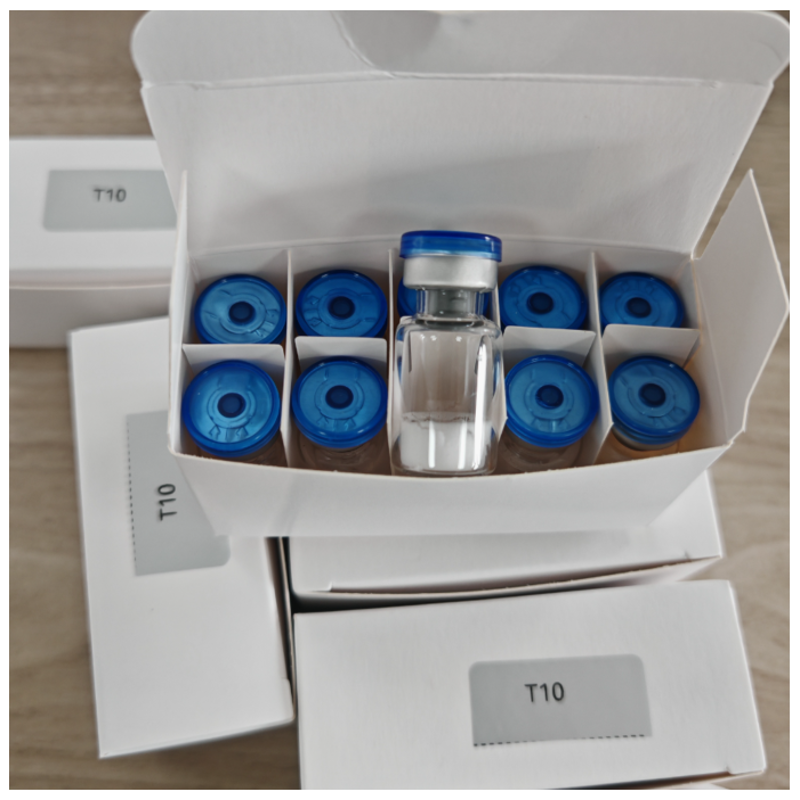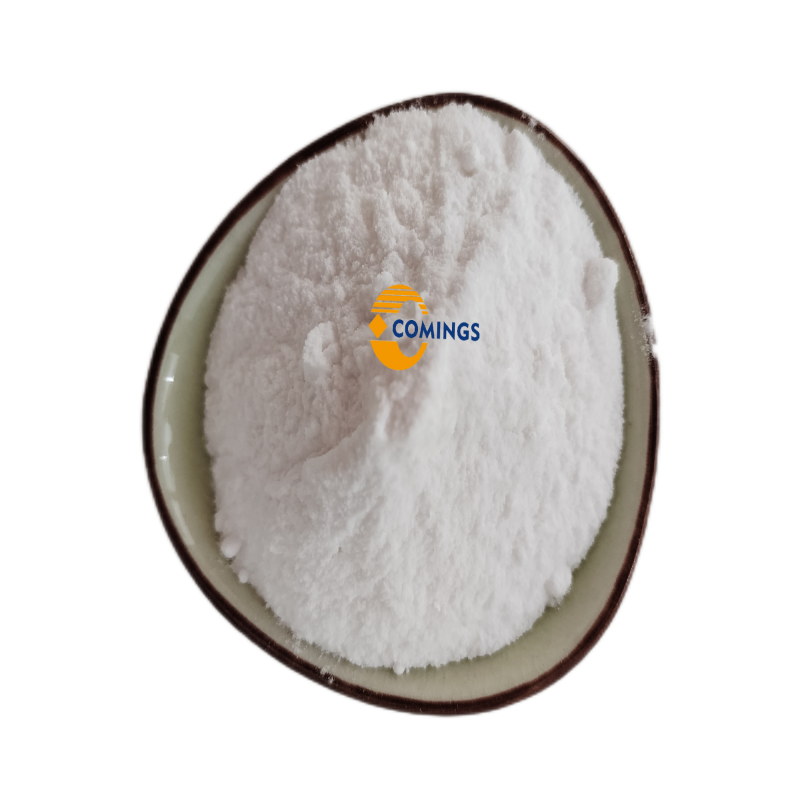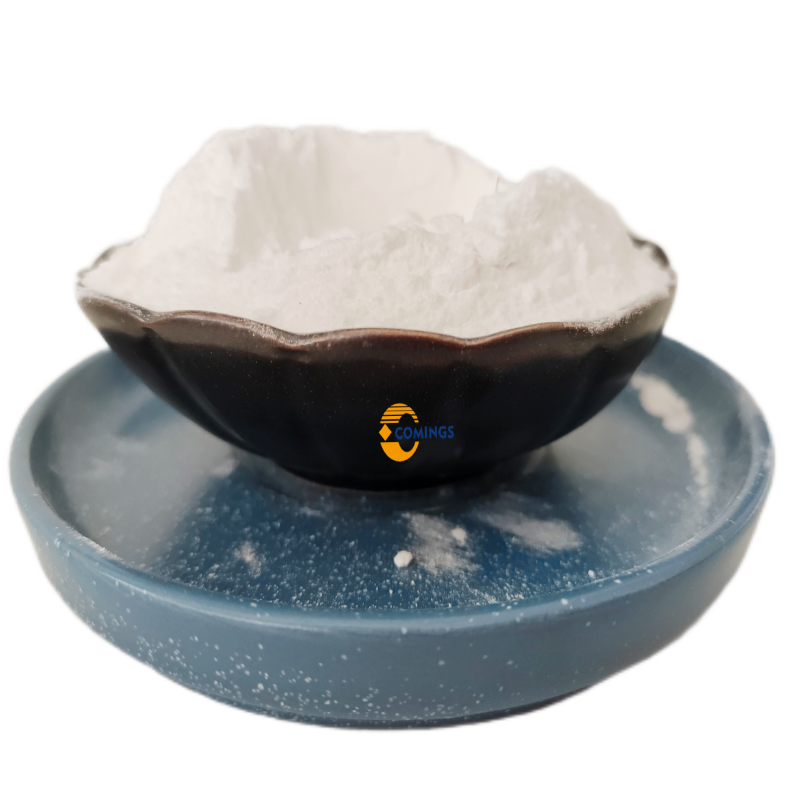-
Categories
-
Pharmaceutical Intermediates
-
Active Pharmaceutical Ingredients
-
Food Additives
- Industrial Coatings
- Agrochemicals
- Dyes and Pigments
- Surfactant
- Flavors and Fragrances
- Chemical Reagents
- Catalyst and Auxiliary
- Natural Products
- Inorganic Chemistry
-
Organic Chemistry
-
Biochemical Engineering
- Analytical Chemistry
-
Cosmetic Ingredient
- Water Treatment Chemical
-
Pharmaceutical Intermediates
Promotion
ECHEMI Mall
Wholesale
Weekly Price
Exhibition
News
-
Trade Service
Previous studies have focused on assessing postoperative outcomes and quality of life after bariatric surgery, without considering that preoperative factors may affect baseline quality of life
.
Determining which patient characteristics and comorbid medical conditions are associated with low preoperative quality of life will allow clinicians to improve physical plastic surgery
in these vulnerable populations.
The study aimed to identify factors associated with minimum preoperative quality of life and to quantify the quality of life benefits
of abdominoplasty.
The findings, titled "Impact of Panniculectomy and/or Abdominoplasty on Quality of Life: A Retrospective Cohort Analysis of Patient-Reported Outcomes," were published in Plastic & Reconstructive in October 2022 Surgery magazine
.
Original article
The investigators hypothesized that there were patient characteristics associated with lower baseline quality of life, and that patients who underwent abdominoplasty significantly improved their quality of life regardless of
their baseline status.
A total of 183 patients in the study completed the preoperative quality of life questionnaire
.
Figure 1 Inclusion process
Results showed that preoperative factors associated with poor quality of life included age >40 years, race (black), health care, and hypertension (0.
05 for all P<
).
Of the patients who completed preoperative BODY-Q and underwent surgery, 46 (63%) completed two postoperative surveys
.
The results showed that these patients had improved quality of life in all aspects of postoperative life (P < 0.
01).
Surgical site conditions, such as infection, delayed healing, hematomas, and seromas, did not affect any aspect of postoperative quality of life (p>0.
05).
In addition, the obesity classification of patients did not affect the change in quality of life from preoperative to postoperative (p>0.
05).
Fig.
2 BODY-Q quality of life score by field after body plastic surgery
The quality of life benefits of abdominoplasty may extend to physical, mental, and sexual health and do not appear to be affected
by postoperative complications or the degree of obesity.
Older adults, black people, Medicare patients, and patients with multiple underlying medical conditions had significantly lower
quality of life at baseline.
However, regardless of complication rate or degree of obesity, quality of life improved significantly after panniculectomy and abdominoplasty
.
These results highlight the need for increased access to
surgical treatment for those who have experienced significant weight loss and are dealing with excess skin sequelae.
Original article:
Rios-Diaz AJ, Morris MP, Elfanagely O, et al.
Impact of Panniculectomy and/or Abdominoplasty on Quality of Life: A Retrospective Cohort Analysis of Patient-Reported Outcomes.
Plast Reconstr Surg.
2022; 150(4):767e-775e.
doi:10.
1097/PRS.
0000000000009551







